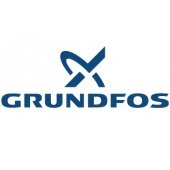Embracing hydroelectric power with pumps as turbines
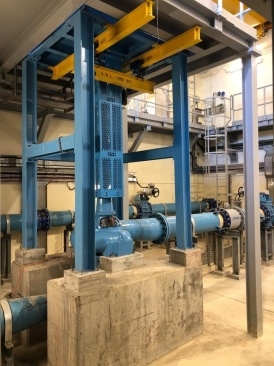 SPP Pumps explains the importance of renewable energies in relation to pumps as turbines (PATs), outlining their function and, most importantly, how these PATs can benefit industry in the future.
SPP Pumps explains the importance of renewable energies in relation to pumps as turbines (PATs), outlining their function and, most importantly, how these PATs can benefit industry in the future.
Looking at how the world plans to tackle climate change, specific standards were agreed upon at COP26 in November 2021, with one goal to secure a global net zero by 2050 and keep 1.5°C within reach. The main standards agreed upon at COP26 were accelerating the phase-out of coal, curtailing deforestation, speeding up the switch to electric vehicles and encouraging investment in renewables.
Achieving these inspiring targets globally will require an active transition from conventional thermal power to cleaner energy technologies, with a higher inclusion of renewable technologies in the global energy mix.
In 2010, the share of renewable technology in the global energy mix was a modest 8.6%. Cleaner renewable technologies are expected to increase and contribute to the worldwide power sector by 25% by 2025. That is a 17% increase in just over three years. This clearly indicates that renewable energies will play a huge role in achieving a global net zero position by mid-century.
Pump as turbines
Schemes and initiatives are actively being developed and implemented in industries and commercial sectors to make renewable energy more appealing and a viable alternative to conventional thermal power. SPP Pumps offers a solution and plans to contribute to renewable technologies in the global energy mix by using micro hydropower systems that use energy from flowing water to produce electrical or mechanical energy via pumps working as turbines, known as PAT systems.
The concept
PAT systems are a well-known concept in the water supply industry. SPP Pumps has been offering this as a solution since 2009. PAT is the perfect model because the pumps are less complicated to operate than turbines. When pumps are suitably selected, they offer a great alternative to traditional hydro turbines with a substantial economic advantage. It is an efficient and costeffective method of generating power as well as recovering energy, as you can potentially see a return on investment in as little as three years.
Historically, however, there have been challenges associated with micro-hydropower schemes. The non-availability of standardised equipment, typically Francis or Kaplan turbines, is one issue, while the turbines need to be designed according to the site specification making each application unique. And so, as standardised equipment is not available, the usage of electromechanical equipment becomes costly.
Why use a pump as a turbine?
Using a PAT system is almost the perfect solution when considering using hydropower as an alternative to conventional thermal power for cleaner energy technologies.
They can be installed in various locations with no requirement for large infrastructure. The efficiency generated by a pump in turbine mode is equal to or slightly higher than those in pump mode. Pumps are robust and spare parts are more readily accessible than they are for turbines.
Applications
With the pressure differential (head) of a water flow providing the opportunity to recover valuable energy, there are multiple applications where PAT systems can be installed.
Municipal water companies can integrate them into drinking water supply systems, replacing pressure relief valves and stilling basins. They can be used for pressure control in closed-loop systems, for the pressure drop of head and on a wide range of other plant processes, including outfalls.
The use of residual water small hydropower stations can also be applied to pumped storage plants, barrages or dams, rivers or streams. In addition, they can be used to retrofit small hydropower systems as a replacement for old or redundant turbines. While, in industrial applications, PATs can be used in areas such as cooling water circulation systems or where the reduction of process water pressure is required.
Working with a specialist with experience in designing and delivering highly efficient PAT solutions
capable of a rapid return on investment, field-proven, affordable, low-maintenance products and energy-efficient solutions are available, based on simple, readily-available components and spares. This opens up the opportunity to make a change for the better and benefit both the environment and your business. 
Back to Latest News
3.png&w=170&h=170)
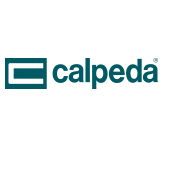
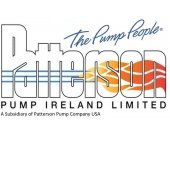
1.png&w=170&h=170)
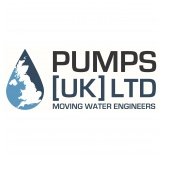

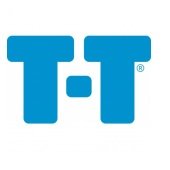


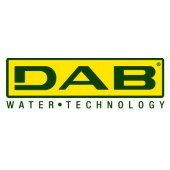
2.jpg&w=170&h=170)
